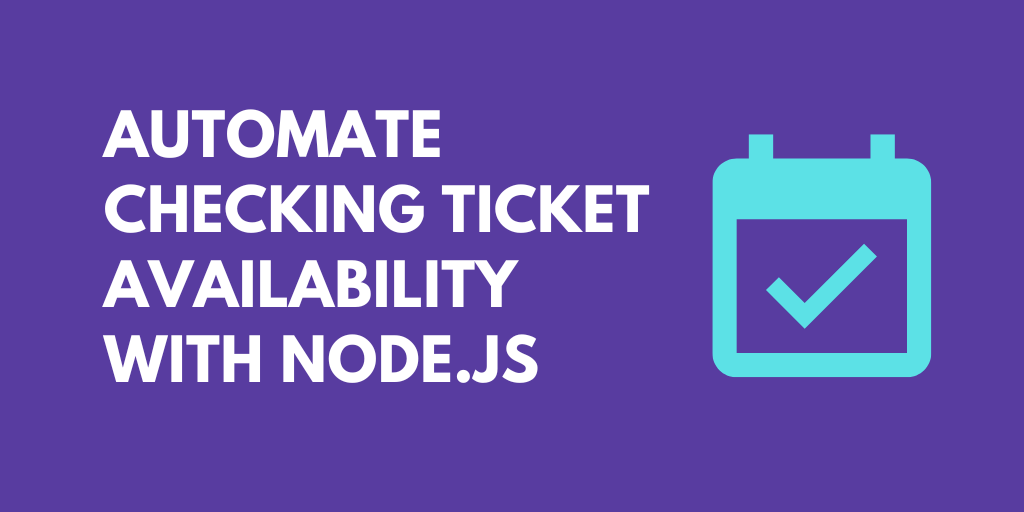What do you want to automate
with AppsFlyer and Node?
Prompt, edit and deploy AI agents that connect to AppsFlyer, Node and 3,000+ other apps in seconds.
Trusted by 1,000,000+ developers from startups to Fortune 500 companies
Popular AppsFlyer and Node Triggers#
Emit new event when an in-app event is recorded, such as a purchase or level completion. See docs here
Emit new event when a user installs an app tracked by AppsFlyer. See docs here
Emit new event when a user uninstalls an app tracked by AppsFlyer. See docs here
Popular AppsFlyer and Node Actions#
Returns a list of the available event types for the specified endpoint type. See the documentation
Write custom Node.js code and use any of the 400k+ npm packages available. Refer to the Pipedream Node docs to learn more.
Returns a list of the available message fields for each platform. See the documentation
Connect AppsFlyer#
import { axios } from "@pipedream/platform"
export default defineComponent({
props: {
appsflyer: {
type: "app",
app: "appsflyer",
}
},
async run({steps, $}) {
return await axios($, {
url: `https://hq1.appsflyer.com/api/pushapi/v1.0/fields/windowsphone`,
headers: {
Authorization: `Bearer ${this.appsflyer.$auth.api_token}`,
"accept": `application/json`,
},
})
},
})
Overview of Node#
Develop, run and deploy your Node.js code in Pipedream workflows, using it between no-code steps, with connected accounts, or integrate Data Stores and File Stores
This includes installing NPM packages, within your code without having to manage a package.json file or running npm install.
Below is an example of installing the axios package in a Pipedream Node.js code step. Pipedream imports the axios package, performs the API request, and shares the response with subsequent workflow steps:
Connect Node#
// To use previous step data, pass the `steps` object to the run() function
export default defineComponent({
async run({ steps, $ }) {
// Return data to use it in future steps
return steps.trigger.event
},
})Community Posts#
